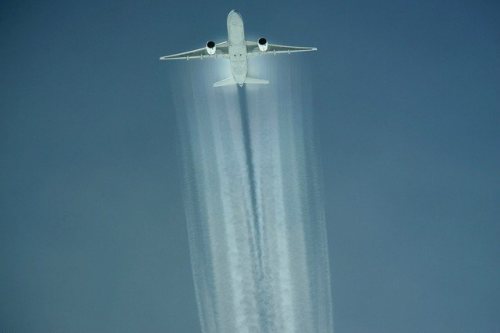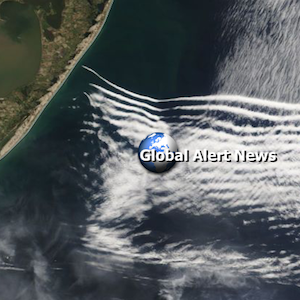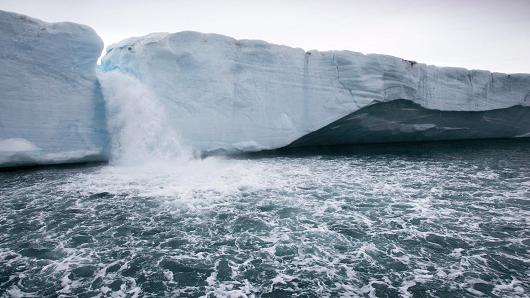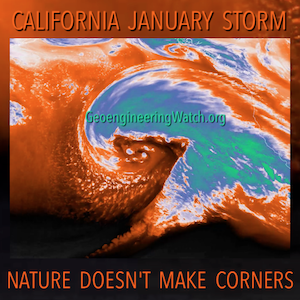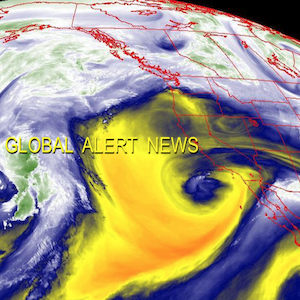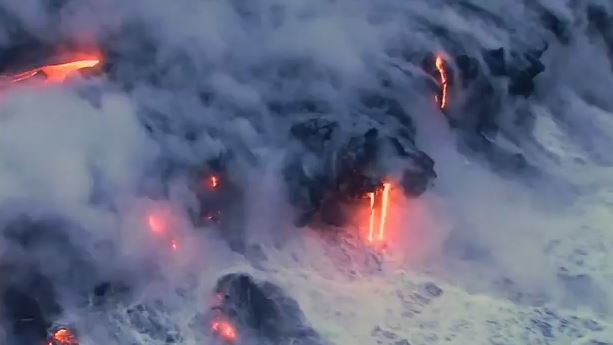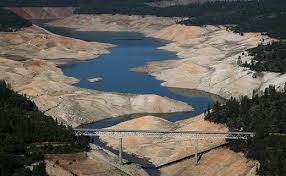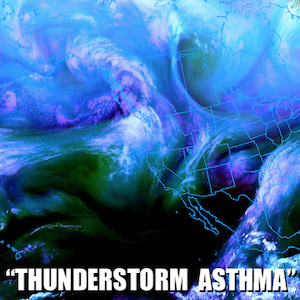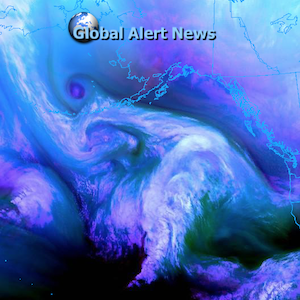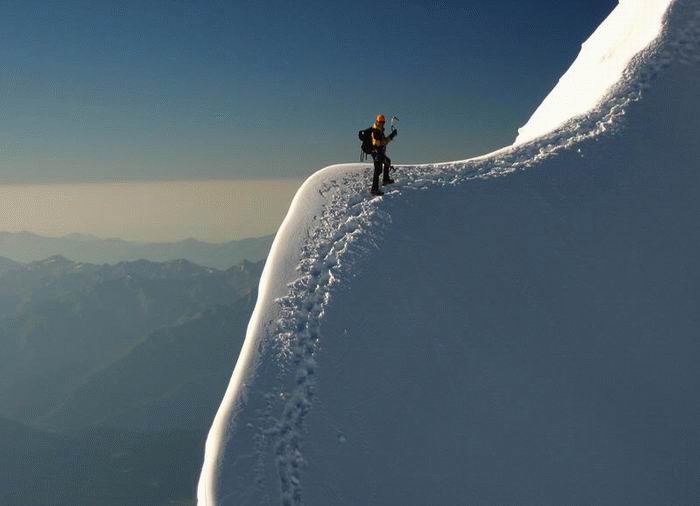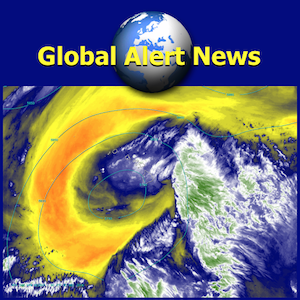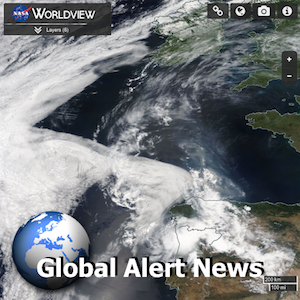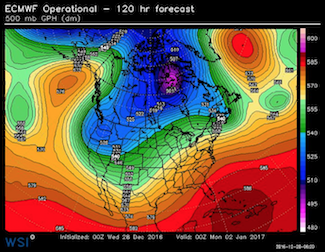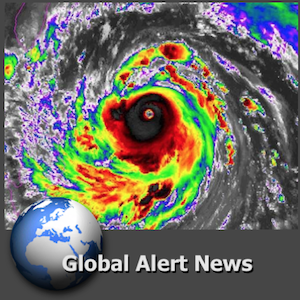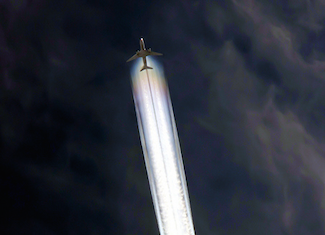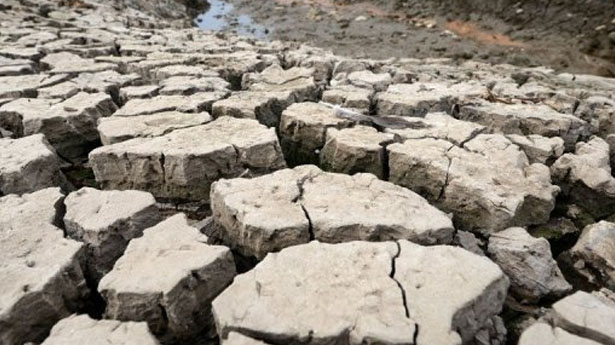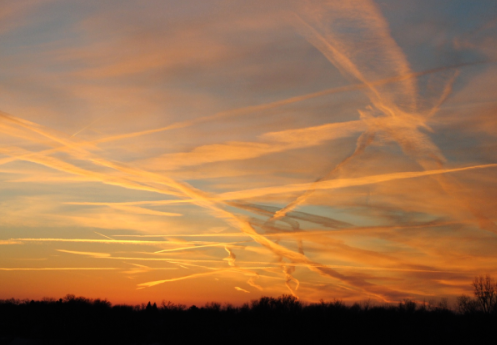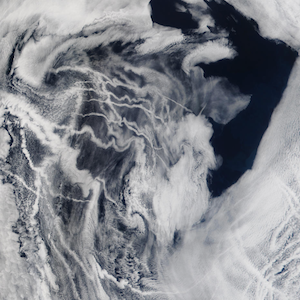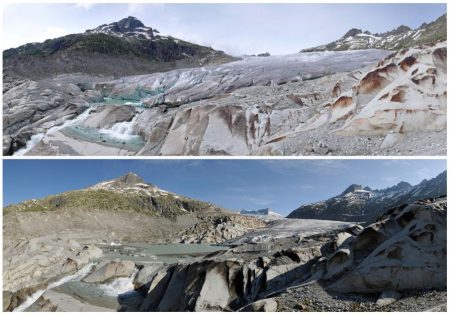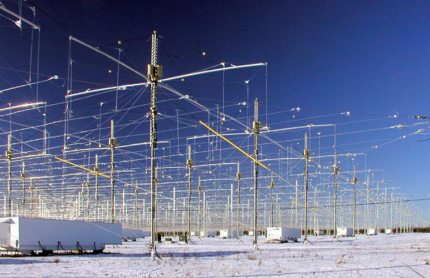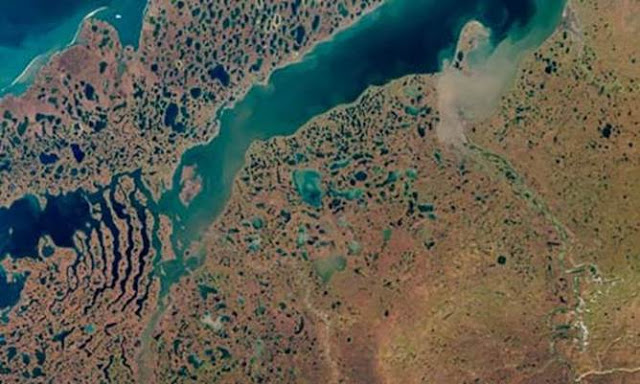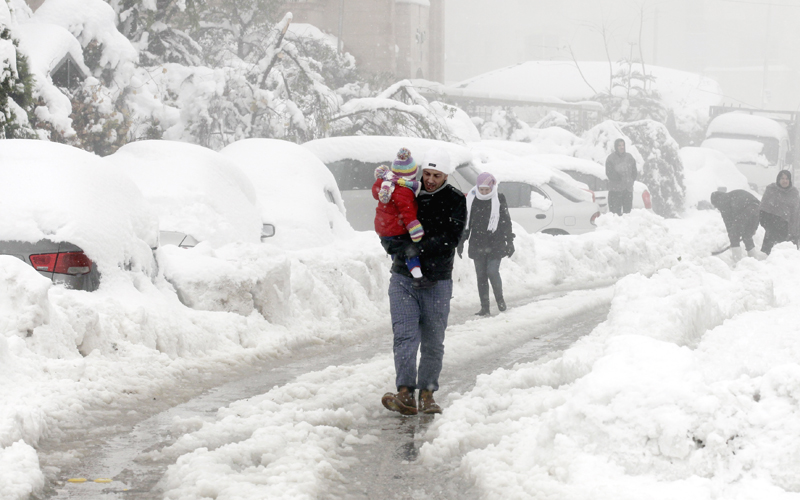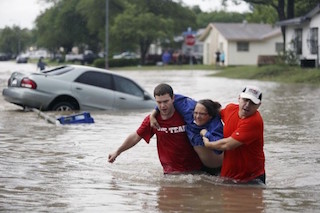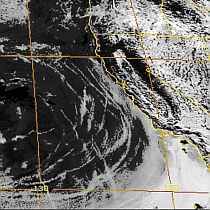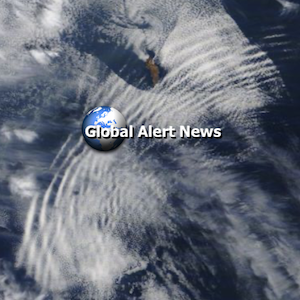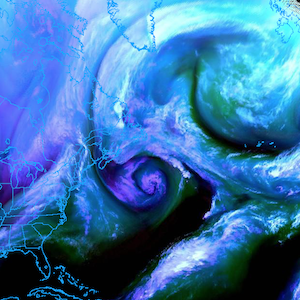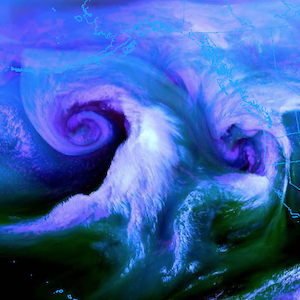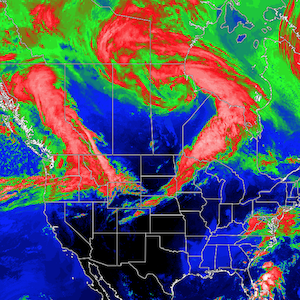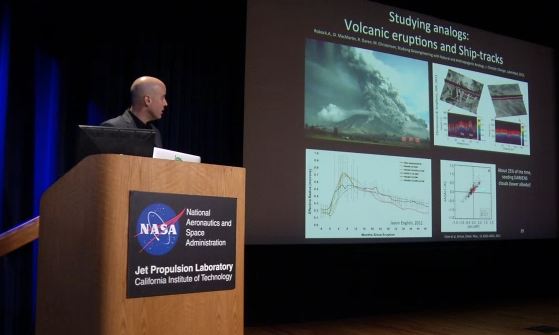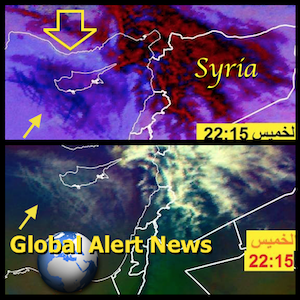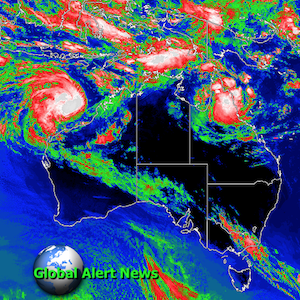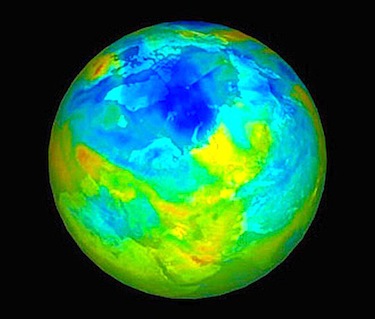Source: Alaska Dispatch News
The world’s glaciers are retreating at a rate faster than any time in recorded history, according to a new study published online in the Journal of Glaciology.
Thirty-nine researchers with the World Glacier Monitoring Service compiled and analyzed data spanning more than 120 years. They looked at observations from 2001 to 2010 and compared them with satellite images, field and aerial photographs and even drawings and writings that were produced in previous decades.
In the 21st century, the hundreds of glaciers observed in the study have lost about 1 1/2 to 3 feet of ice per year, according to the University of Zurich’s Michael Zemp, the lead author and director of the World Glacier Monitoring Service.
“The observed glaciers currently lose between half a meter and one meter of its ice thickness every year — this is two to three times more than the corresponding average of the 20th century,” Zemp said in a statement issued by the University of Zurich.
While the study is based on exact measurements from only several hundred glaciers, less granular data from tens of thousands of glaciers around the world confirm the findings, Zemp said in the statement.
Even if the climate stabilizes, glaciers in many parts of the world will continue to shed mass, the study concludes.
Dramatic loss over the past two decades has thrown glaciers in many parts of the world into “strong imbalance with current climatic conditions and, hence, destined to further substantial ice loss,” the study says.
Geophysicist Daniel McGrath of the U.S. Geological Survey said in an email Tuesday that the new study is “broadly consistent” with previous scientific research on glaciers. The Anchorage Science Center-affiliated researcher added that updated data in the study is “only possible through significant and coordinated international research efforts by the glaciological community.”
The loss of glacial mass measured in the study is driven by an increase in melting during summer months, according to McGrath.
“Glacier mass is inherently tied to glacier extent but is a more accurate and comprehensive means of assessing a glacier's health,” McGrath wrote. “As the paper details, trends in both glacier extent and glacier mass have been negative in recent decades.”
McGrath is also the lead author of a recent study in the Journal of Geophysical Research that demonstrates the complexity of measuring the thickness of Alaska’s glaciers.
The team behind the research combined radar surveys and field observations and found that snow depth of Alaska’s glaciers can be “highly variable” over short distances.
Source: Alaska Dispatch News




